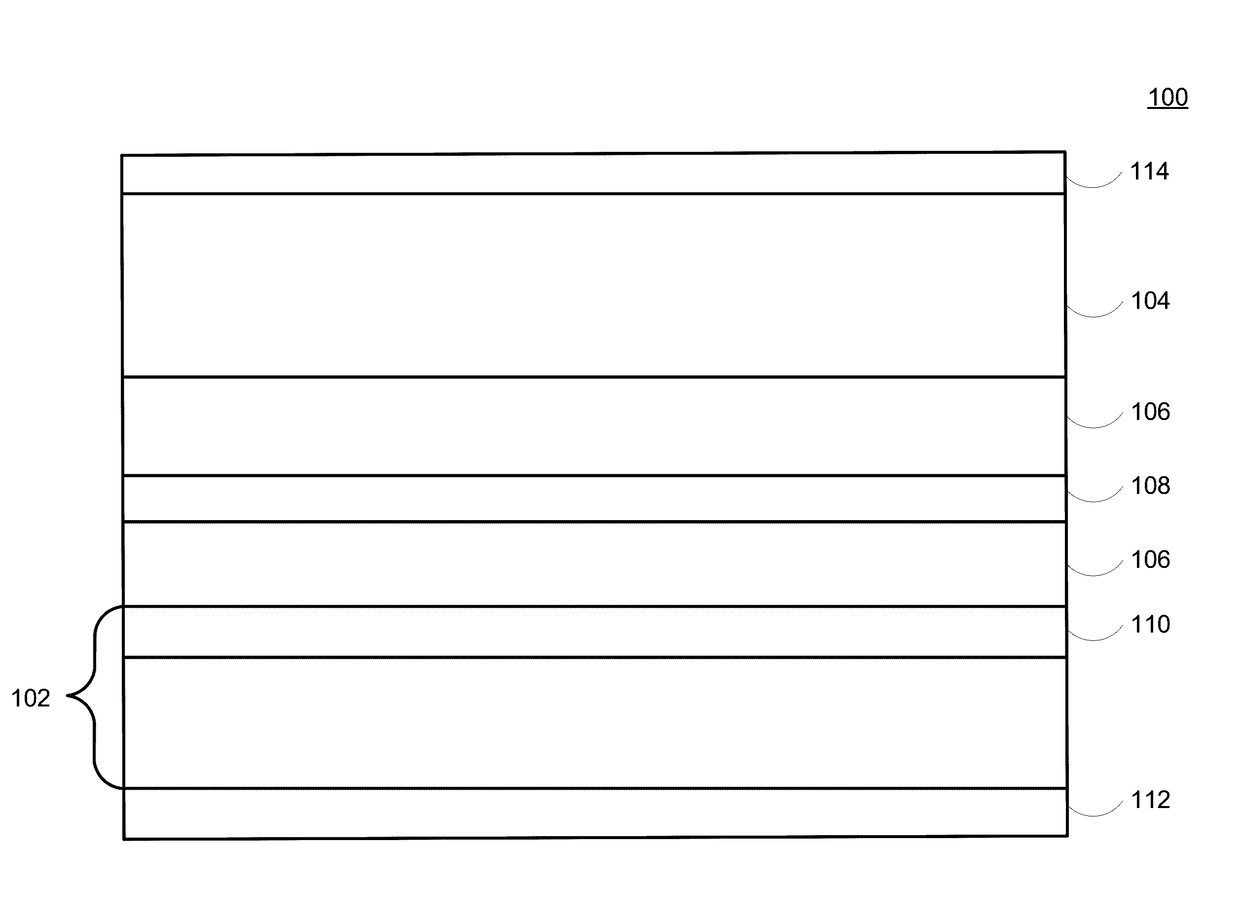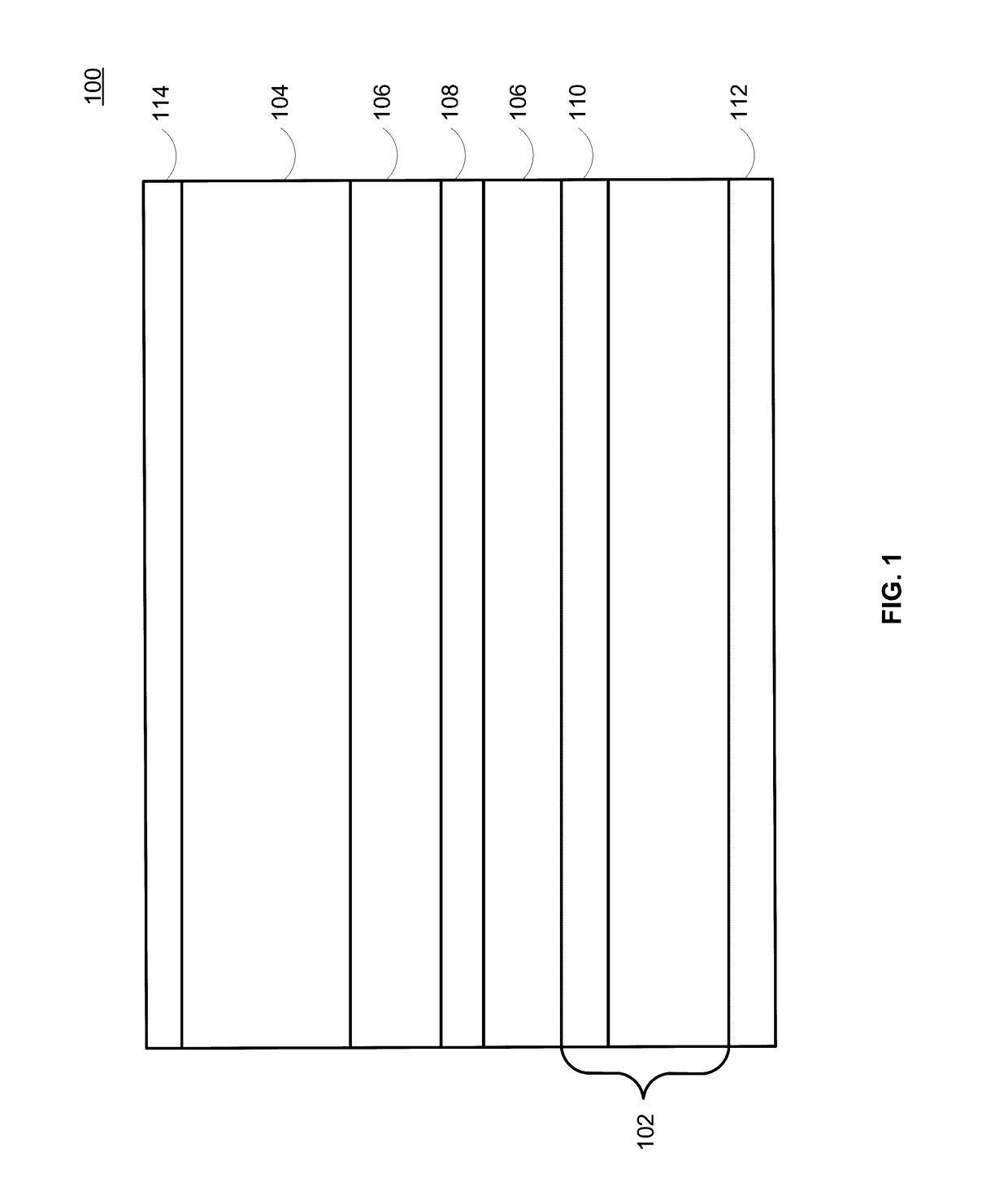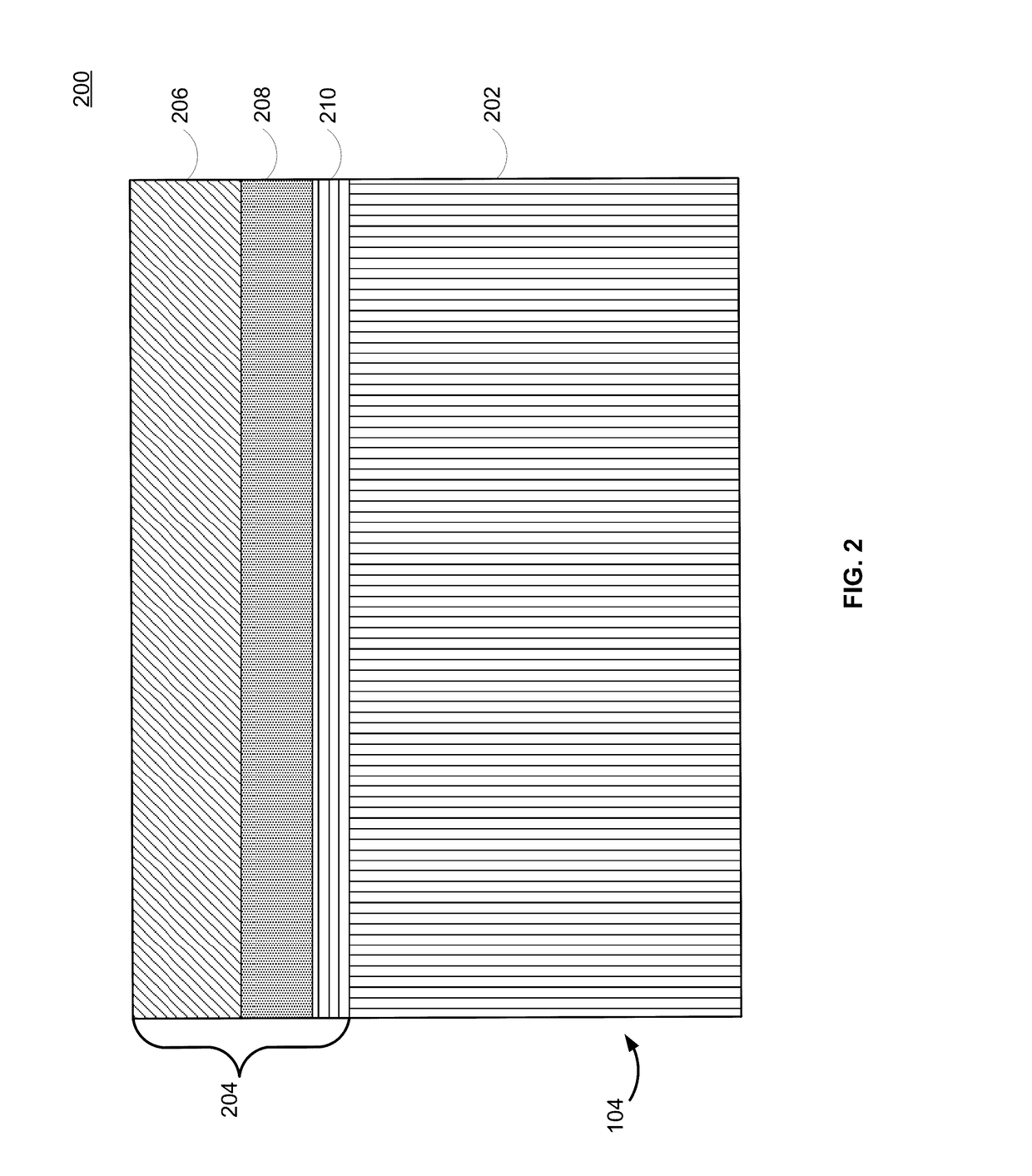Lithium-ion electrochemical cell, components thereof, and methods of making and using same
a technology of electrochemical cells and lithium-ion batteries, applied in the direction of cell components, final product manufacturing, sustainable manufacturing/processing, etc., can solve the problems of reducing the energy density of the cells, reducing the cycle efficiency of the batteries, and progressive formation of fine dispersed, so as to improve the morphology of the anode, increase the cycle efficiency and life of the lithium-ion electrochemical cells and batteries
- Summary
- Abstract
- Description
- Claims
- Application Information
AI Technical Summary
Benefits of technology
Problems solved by technology
Method used
Image
Examples
example 1
[0128]The electrochemical cell was the same as comparative Example 1, except that LiNO3 at a concentration of about 1% (saturation) was incorporated in the electrolyte.
example 2
[0129]The electrochemical cell was the same as comparative Example 1, except that LiNO3 at a concentration of about 1% and pyridine nitrate at a concentration of about 0.4% were incorporated in the electrolyte.
[0130]For both Examples 1 and 2, the fade rate of discharge capacity (FIG. 4) and the recharge ratio (FIG. 5) in the electrolyte with additives were significantly improved. The presence of these additives also surprisingly and unexpectedly improved the Li anode surface morphology. More homogeneous utilization of Li was observed (FIG. 6), and the Li was tightly packed with significantly reduced surface area in comparison to the anode in Li-ion electrolytes. The cell cycle life increased from ˜50 cycles in the standard Li-ion electrolytes to ˜90 cycles in electrolyte with LiNO3 as an additive.
example 3
[0131]The electrolyte was the same as Example 1, except that LiNO3 was incorporated in the electrolyte as a suspension. Cycle life was not only more than doubled as that in the standard Li-ion electrolyte (Comparative Example), but also better than that in the electrolyte with LiNO3 solution. It is believed that more LiNO3 continuously goes into the electrolyte solution, compensating the loss due to LiNO3 decomposition during life cycling.
PUM
| Property | Measurement | Unit |
|---|---|---|
| impurities | aaaaa | aaaaa |
| impurities | aaaaa | aaaaa |
| impurities | aaaaa | aaaaa |
Abstract
Description
Claims
Application Information
 Login to View More
Login to View More - R&D
- Intellectual Property
- Life Sciences
- Materials
- Tech Scout
- Unparalleled Data Quality
- Higher Quality Content
- 60% Fewer Hallucinations
Browse by: Latest US Patents, China's latest patents, Technical Efficacy Thesaurus, Application Domain, Technology Topic, Popular Technical Reports.
© 2025 PatSnap. All rights reserved.Legal|Privacy policy|Modern Slavery Act Transparency Statement|Sitemap|About US| Contact US: help@patsnap.com



